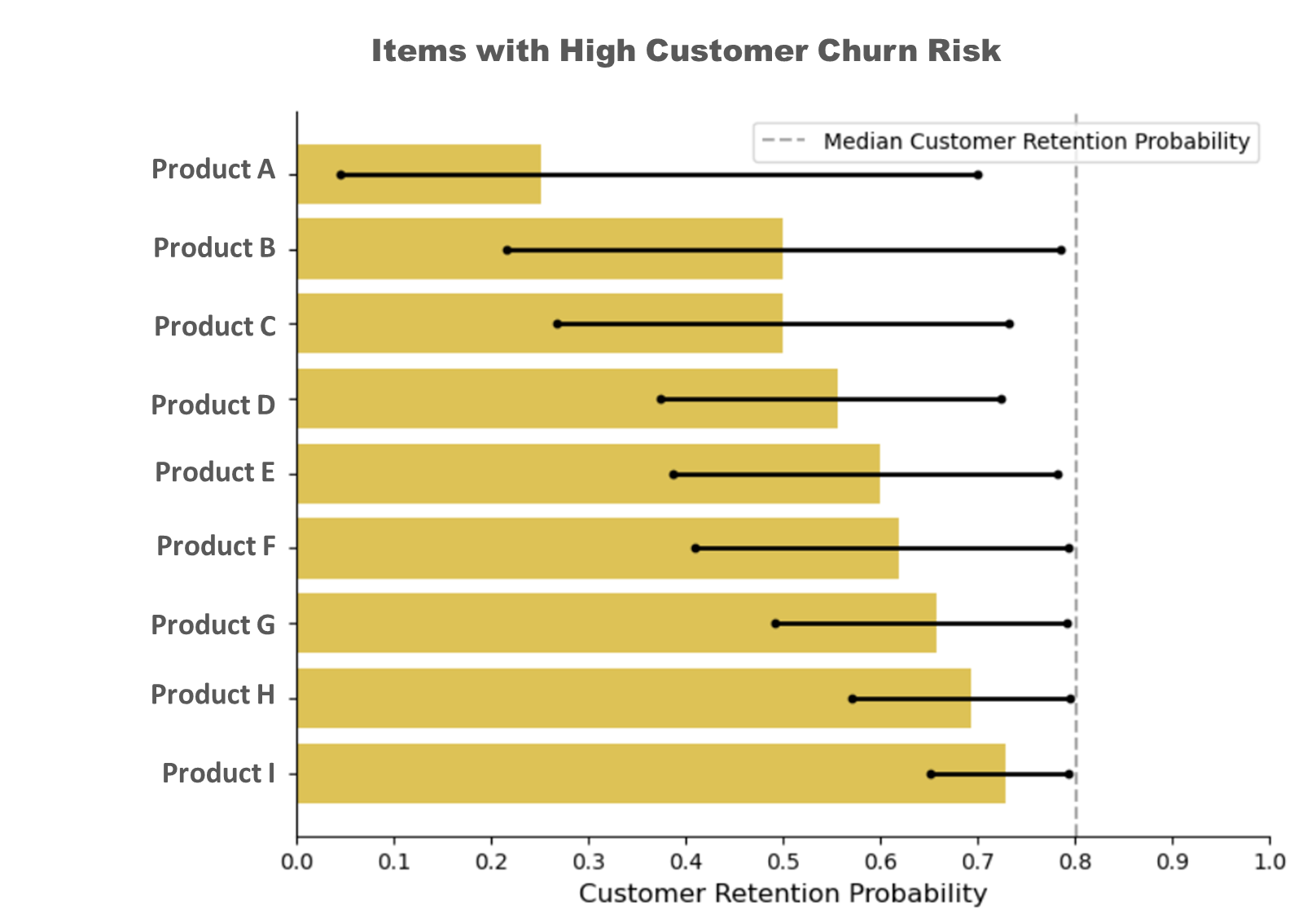In today's competitive retail landscape, understanding customer behaviour is more crucial than ever. Thanks to advancements in technologies like online shopping platforms and systems, retailers now have access to a wealth of data that can unlock insights into how to boost sales and maintain sustainable growth. Recently, Centauri Alpha, embarked on a data analysis project for a retail business aiming to enhance its online sales performance. The insights derived from this analysis have paved the way for a strategic approach focused on improving customer retention. In this article, I’ll walk you through the analytical steps we took, the key findings we uncovered, and the strategic recommendation that emerged from our analysis.
Understanding the Business Landscape
Retail businesses thrive on customer interactions, both in-store and online. However, in the digital age, online sales have become a crucial revenue stream. For our client, a retail business with a robust online presence, the challenge was clear: how to increase online sales effectively. To tackle this, we delved into their online sales data to uncover patterns and factors influencing sales revenue.
Key Retail Concepts
Before diving into the analysis, it’s essential to grasp some key retail terms that play a significant role in shaping our business strategy:
- Customer Churn: This refers to the number, or the percentage of customers who stop purchasing a business’s products or services during a given period. High customer churn can indicate dissatisfaction and lead to decreased revenue. ****
- Customer Retention: This is the number, or the percentage of customers who continuously engage with a business over a specific period. High customer retention often correlates with increased customer loyalty and higher lifetime value.
- Repeat Purchases: In our analysis, if the number of days between a customer’s current order and their next one does NOT exceed their churn threshold, the next order is considered a repeat purchase. Otherwise, it is classified as a new purchase.
Identifying Customer Behaviour Factor(s) Influencing Total Online Sales
To effectively increase a retail business’s total online sales, it is essential to identify customer behaviour factors that significantly influence sales revenue. Based on the available online sales data, we can identify two key factors related to the total customer spending:
- Order Frequency: The number of orders a customer places over a specific period. Higher order frequency can effectively boost online sales if each order maintains a consistent value.
- Average Order Value: The average amount spent per order. Higher average spending per order can lead to increased total spending, especially if customers place a similar number of orders.
By examining the correlation between total customer spending and these two factors, we aimed to determine if they have a substantial impact on overall online sales. This analysis will inform our strategies to either encourage more frequent purchases, increase the average order value, or both, ultimately guiding us toward actions that effectively enhance total online sales.
Using statistical methods, we analysed the relationships between total customer spending, order frequency, and average order value. Here's what we discovered:
- Strong Positive Relationship Between Total Spending and Order Frequency: As customers place orders more frequently, their total spending tend to increase accordingly.
- Moderate Positive Relationship Between Total Spending and Average Order Value: While higher average spending per order is somewhat associated with increased total spending, the impact is not as strong as that of order frequency.
This analysis indicates that repeat customers contribute more significantly to total sales than customers who make high-value purchases per order. Therefore, implementing business strategies aimed at enhancing customer retention and encouraging repeat purchases, is likely to be more effective in boosting total online sales than efforts focused on increasing their average spending per order.
Assessing Customer Churn Risk of Products
Products play a crucial role in influencing customer retention. By evaluating the customer churn risk associated with each product, we can identify specific items with different levels of risk for leading to customer churn. These insights allow us to develop targeted strategies that focus on optimising product offerings to better align with customer preferences and expectations, thereby improving customer retention.
Here’s how we approached it:
- Identified Repeat Purchases Following Orders: We determined whether each order placed over the latest financial year was followed by a repeat purchase. This step was essential for estimating the customer retention probability for each product.
- Calculated Product-Level Customer Retention Probabilities: ****Using historical data, we estimated the customer retention probability for each product—the likelihood that a customer would make a subsequent repeat purchase after buying that specific product.
- Classified Product Churn Risk: Based on the estimated retention probabilities**,** we categorized each product’s churn risk as high, moderate, or low, using predefined criteria***.***
Our analysis revealed that 12% of the client’s products have a high risk of leading to customer churn.

Proposed Strategy: Removing High Churn Risk Products
Based on our findings, we recommended removing the high churn risk items from the client’s product offerings. We assumed that if these products were removed, customers would choose alternative items with moderate or low churn risk in place of the removed high churn risk items. Evaluating this strategy, we identified the following potential benefits:
- Increase in Customer Retention: Implementing this strategy could potentially retain an additional 7.7% of customers to continue engaging with the retail business.
- Boost in Online Sales Revenue: This strategy could potentially boost total online sales revenue by 6.9% over the same period.
Although the strategy could offer improvements in customer retention and total online sales, it’s important to consider potential trade-offs. Removing high churn risk products might help retain customers who originally churned due to these items, but it could also result in losing loyal customers who regularly purchased them.
In our case, the net impact on customer retention is positive—the number of customers retained would far exceed those potentially lost, leading to a net retention gain of 7.1% of total customer base. Therefore, this strategy is estimated to be effective in retaining customers and increasing total online sales.
Conclusion
This data-driven approach underscores the importance of focusing on customer retention as a more effective strategy for increasing online sales in the retail sector. By identifying and removing products that contribute to customer churn, businesses can not only retain more customers but also drive significant revenue growth.
For retail businesses looking to enhance their online sales performance, investing in customer retention analytics can uncover actionable insights that lead to sustainable success. Embracing such strategies ensures that businesses remain competitive, customer-focused, and poised for growth in an ever-evolving marketplace.
Interested in exploring the technical aspects of the project? Don’t miss my other blog post Technical Deep Dive: Enhancing Online Sales Through Customer Retention Analysis.
Centauri Alpha is an innovative data consulting firm committed to providing enterprise-level data services to small businesses.
